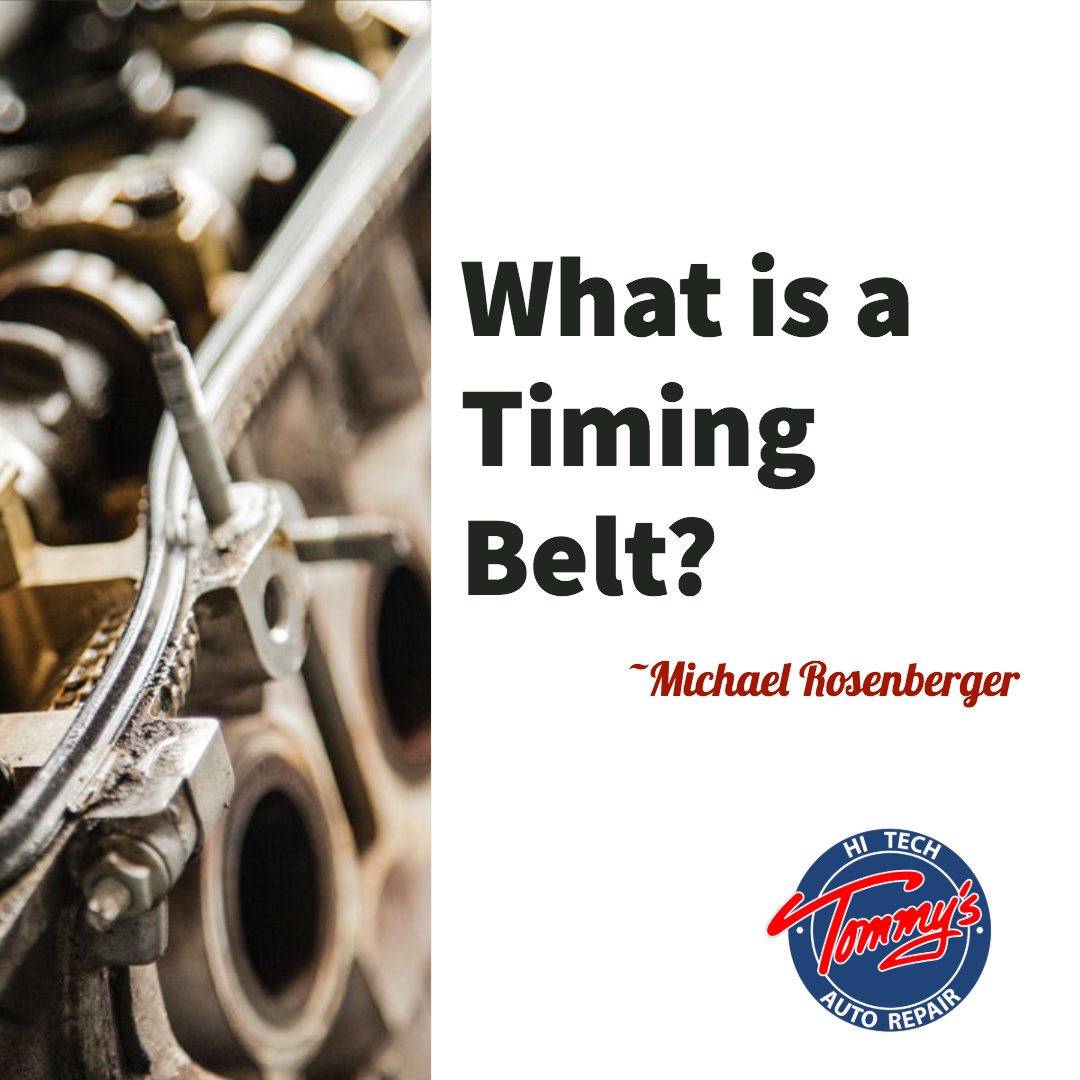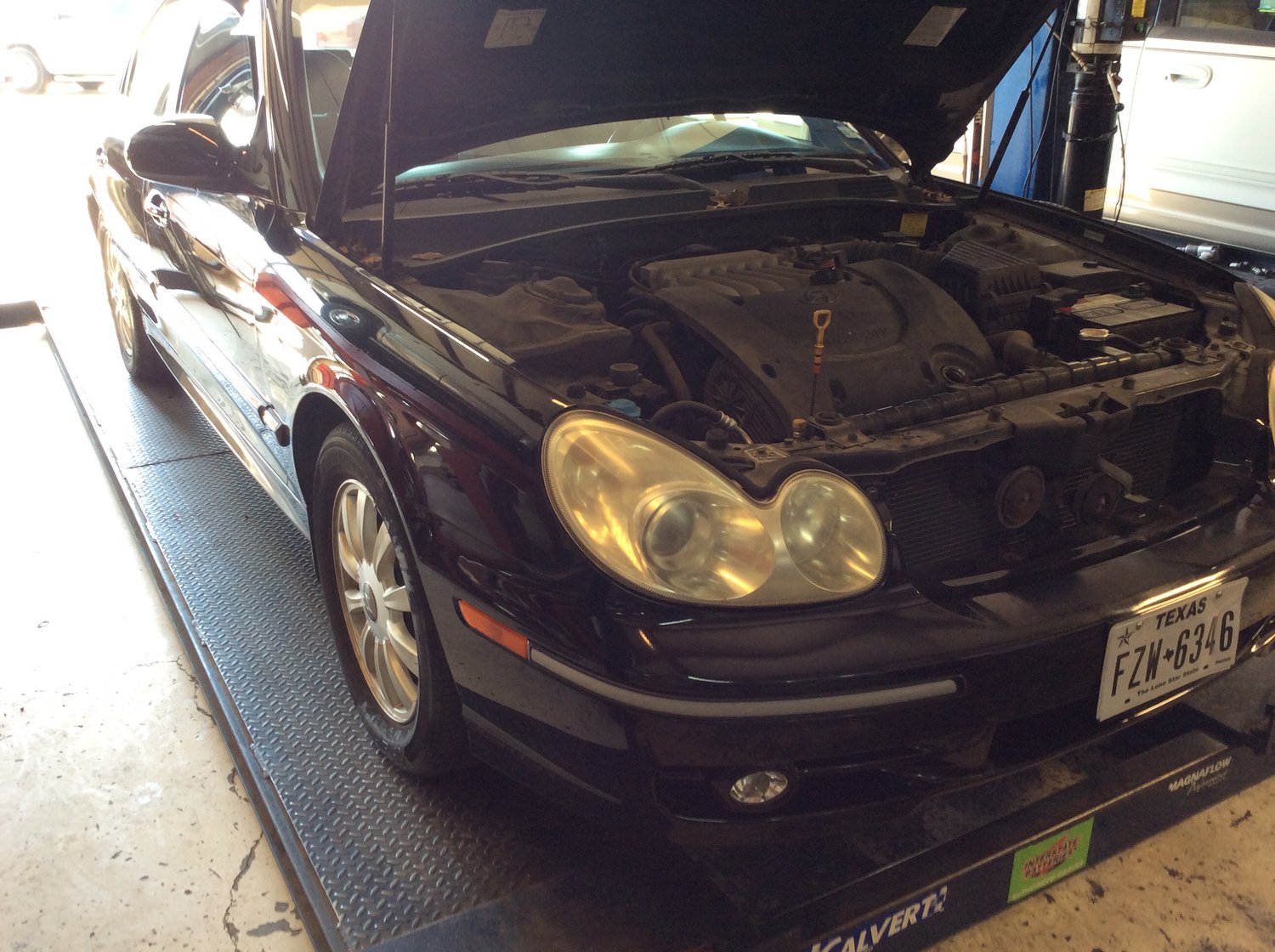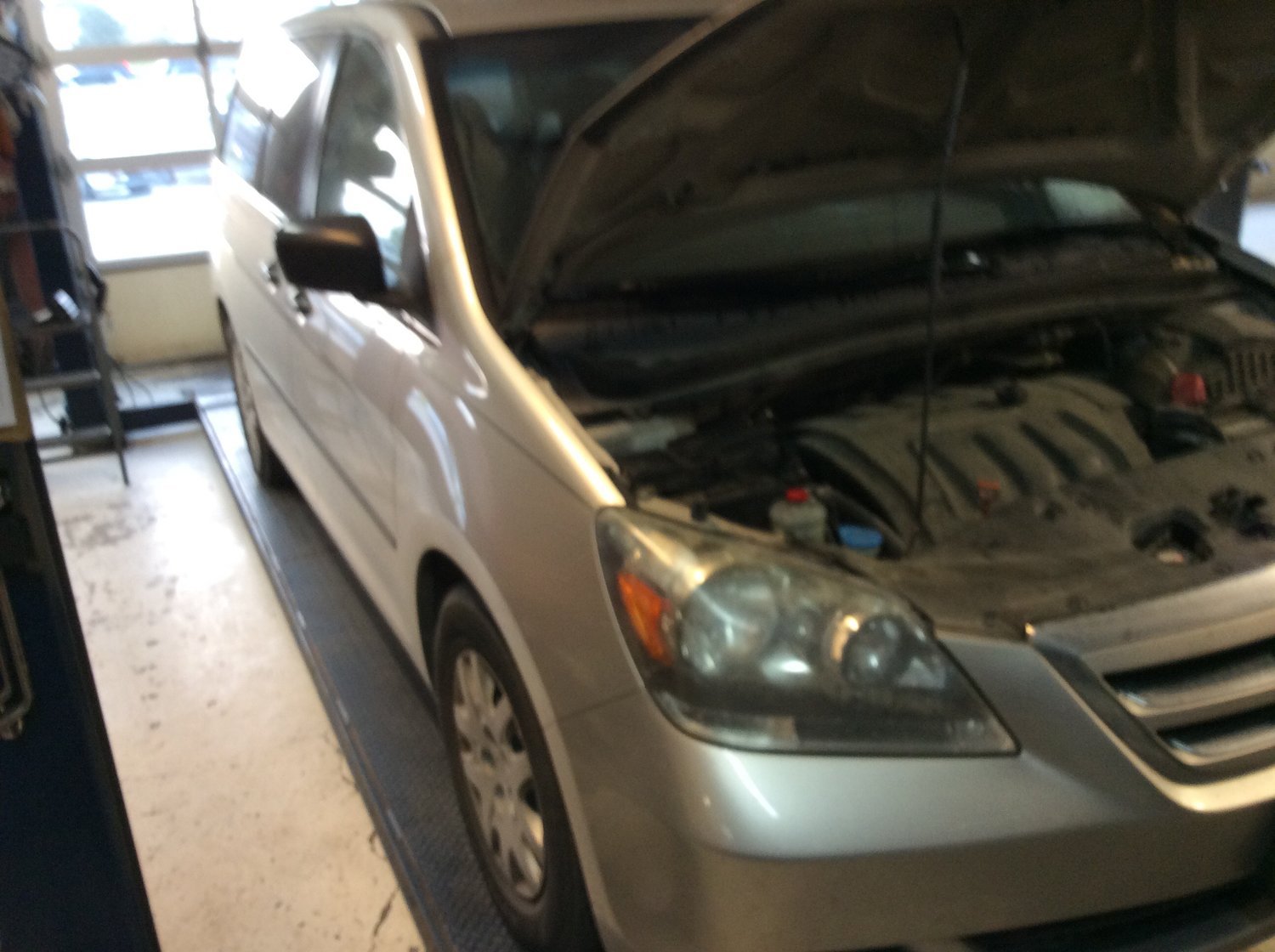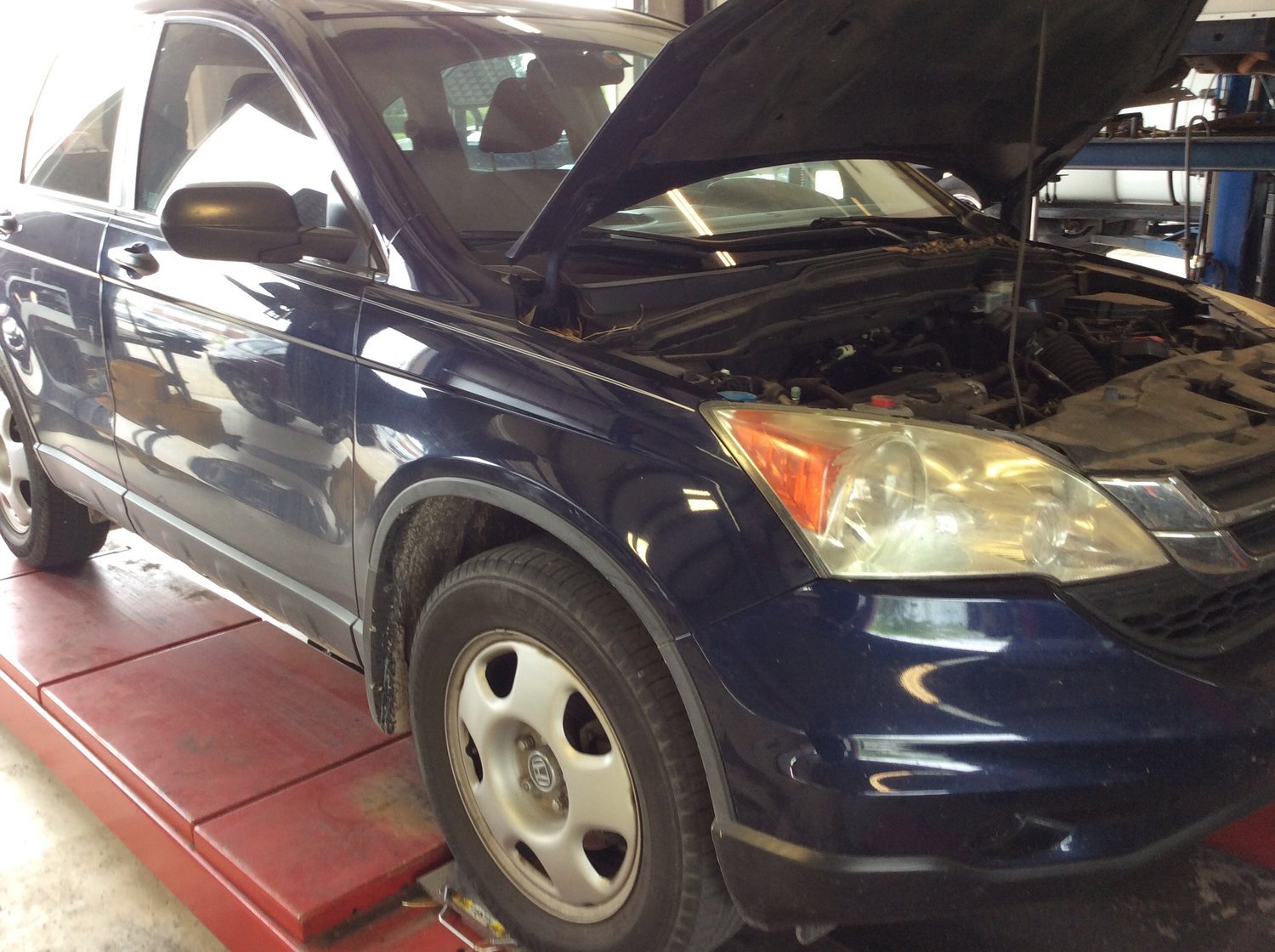What is a Timing Belt?
The timing belt is an essential part of every vehicle, but the average driver doesn’t think about it until something goes wrong. With most timing belts rated between 60,000 miles to 90,000 miles, what you don’t know about timing belts can hurt you!
Timing Belt 101
The timing belt in your car is what controls the camshafts in the engine and opens and closes valves at the perfect time for your vehicle to run smoothly. The teeth on the timing belt help to coordinate the movements of your camshaft and crankshaft. Depending on what model of vehicle you drive, your car might use chains or gears instead. Timing belts are made of rubber, don’t need lube and are quieter and more efficient, which makes them an enduring choice. If you have a timing chain in your car, it will theoretically last for the life of your vehicle, so you don’t need to worry about changing it as regularly.
Timing belts are typically located inside of a cover that keeps them safe from the grime, dirt and debris that can be flowing around the engine. Since it is hard to access the timing belt to do a quick check of its condition if you aren’t a professional or haven’t gotten a tune-up in a while, you should always be on the lookout for signs that your timing belt might be on the fritz.
The Signs Your Timing Belt Is Failing
If your engine is making a clicking sound, your timing belt might be the problem. Whenever the valves and systems regulated by the timing belt are out of balance, the clicking sound is a hint that the belt might need to be replaced. That sound can also mean that your oil pressure is low, which will, in turn, affect the performance of the timing belt.
Is your car not starting, despite having a charged battery? A broken timing belt could be the culprit. Whenever a timing belt breaks completely, you will not be able to start the car, and there’s a good chance other things in the engine might be broken as well. If your engine is misfiring, it’s another sign that your timing belt is worn out. The misfiring could be caused by the belt slipping on the camshaft drive and forcing one cylinder to open or close before it should. If you suspect that is occurring in your car, you should not wait around for repairs, or you’re risking permanent engine damage.
Random squealing sounds when you’re accelerating, braking or decelerating can also indicate problems with a timing belt. As with many other car noises, there are many things that can contribute to the problem, so you should always take your car into a skilled repair shop like Tommy’s Hi Tech Auto Repair.
How Often Should Your Timing Belt Be Replaced?
You should start by checking your owner’s manual to see what your manufacturer suggests. Depending on your car, the recommended changing schedule might be between 60,000-100,000 miles. When you replace the timing belt, all of the tensioners and pulleys around it are also replaced. If you also have a timing belt that drives the water pump, replacing it at the same time can be a smart, cost-effective move to save on labor costs.
Tommy’s Hi Tech Auto Repair is the Expert in Timing Belts
Tommy’s Hi Tech Auto Repair has been keeping drivers in the Denton, Texas area on the road since 1991. When you need great auto care backed up by excellent customer service, you can trust Tommy’s Hi Tech Auto Repair. To schedule an appointment or get in touch, give us a call at 940-387-0070 or email us at service@tommyht.com.




